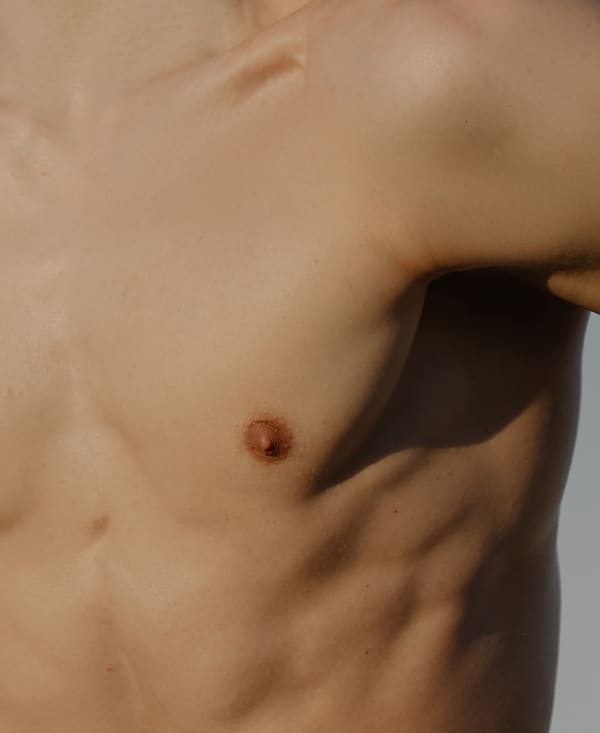Inverted nipple


Inverted or retracted nipples lie flat or point inward, instead of pointing out.
This condition is generally not a cause for concern but has an aesthetic impact. If you were not born with this condition and it occurs in later life, it could indicate an underlying medical problem, so should be checked by a doctor.
Inverted nipples occur in both women and men; moreover, it can affect just one breast or both, and be congenital or acquired.
Mild forms of this condition tend to be temporarily reversible. Indeed, when stimulated manually or with something cold, inverted nipples at rest can become everted for several minutes.
In the most serious cases, however, the introflection is permanent even after stimulation
Inverted nipples can be congenital or acquired and, in the latter case, can be a symptom of benign or malignant causes.
Benign nipple inversion is usually a gradual process, occurring over a few years. If, however, retraction occurs rapidly, the underlying cause may be inflammatory, post-surgical, or an underlying malignancy.
Among the various causes, the most frequent are:
If inverted nipples are not a result of an underlying medical condition, they represent a solely cosmetic matter that can be easily fixed with minimally invasive methods. There are targeted manual stimulation and corrective devices, but they are temporary remedies.
Cosmetic surgery, on the other hand, guarantees a permanent solution.
At Image Regenerative Clinic, Professor Carlo Tremolada corrects the problem with a very simple and rapid procedure, which, among other things, leaves no scarring. Using a needle, the already fibrous ducts are selectively identified, preserving the good ones. Then, the correct nipple position is assured with an absorbable suture.